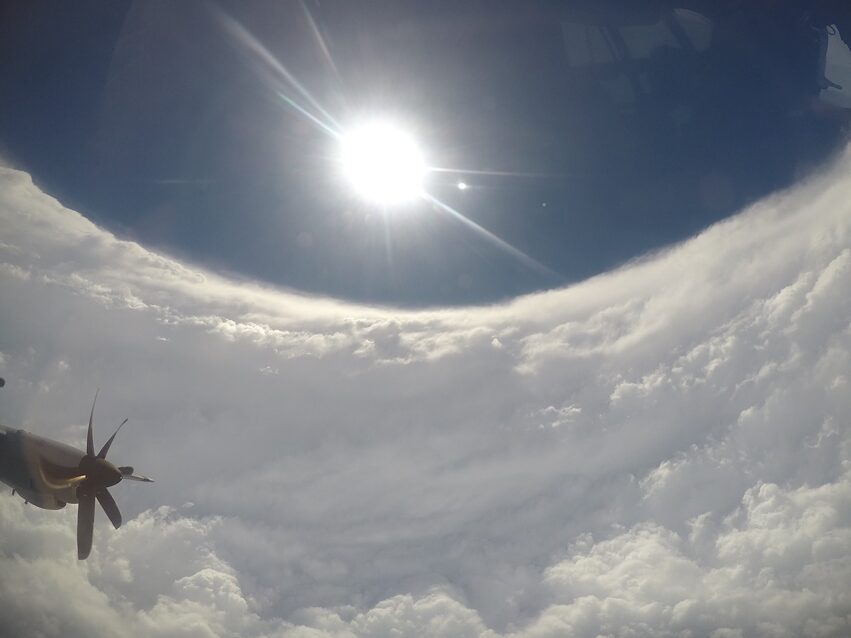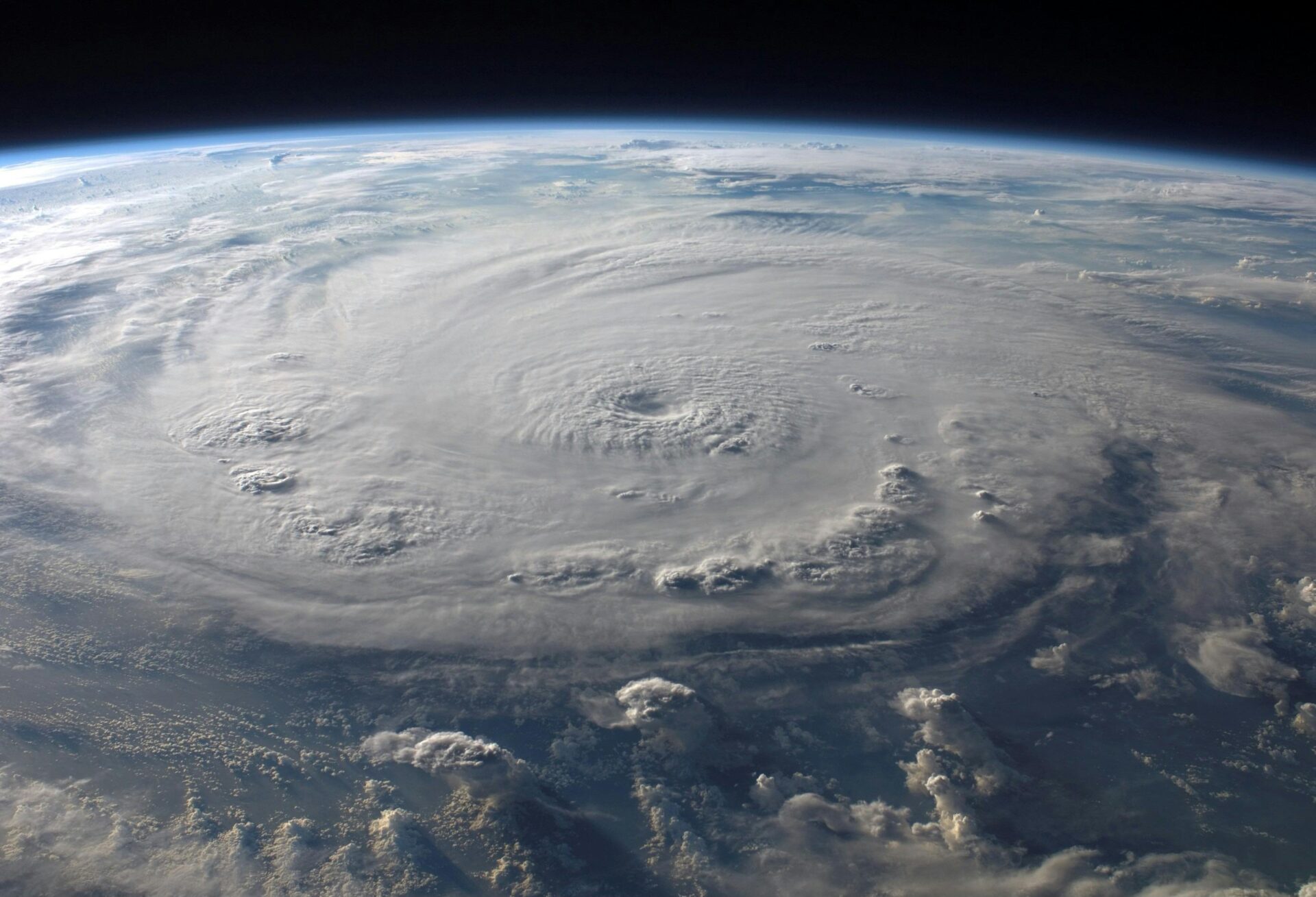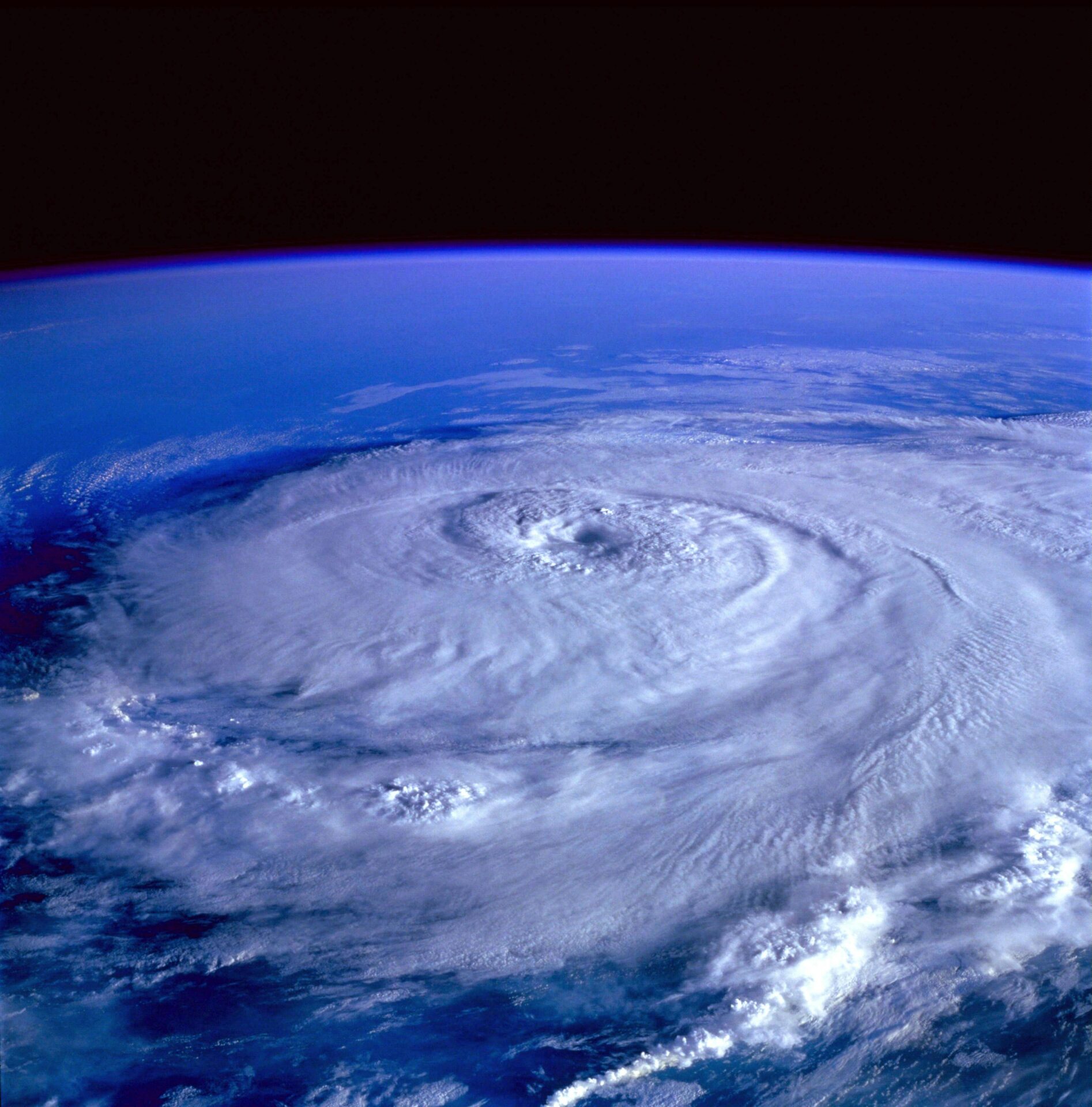The eye of a hurricane is one of the most fascinating and distinct features of this powerful storm system. Located at the very center of the hurricane, the eye is typically a calm, circular area that can range from 20 to 40 miles (32 to 65 kilometers) in diameter, though this can vary. While the storm surrounding it can unleash torrential rain and high-speed winds, the eye offers a stark contrast with relatively clear skies and light winds.
How Does the Eye of a Hurricane Form?
The formation of the eye begins as the storm intensifies. As warm, moist air rises around the center, it creates a low-pressure zone. This air cools and condenses, releasing energy in the form of heat. The rapidly rotating winds around the hurricane create a wall of storms, called the eyewall, which surrounds the eye. This wall is where the hurricane’s most violent conditions occur.
The rising air near the center of the storm is forced outwards at higher altitudes, creating a subsiding column of air in the middle, which sinks back toward the surface. As this air descends, it compresses and warms, leading to the calm and clear conditions within the eye.
Characteristics of the Eye
Despite its calm appearance, the eye is surrounded by the eyewall, which is the most dangerous part of the hurricane. In the eyewall, wind speeds can reach up to 150 miles per hour (240 kilometers per hour) or more in the case of intense hurricanes. The transition from the calmness of the eye to the violent winds of the eyewall can be sudden and dangerous.
While conditions inside the eye are peaceful, the pressure in this area is the lowest in the entire storm. The contrast between the low pressure in the eye and the higher pressure outside drives the powerful winds around the hurricane.
Why is the Eye Important?
Meteorologists closely monitor the eye of a hurricane because it provides crucial information about the storm’s strength and trajectory. The smaller and more well-defined the eye, the stronger the storm tends to be. If the eye becomes larger or loses its definition, it can indicate changes in the hurricane’s intensity.
During landfall, when the eye passes over a location, residents may experience a brief period of calm, followed by the return of strong winds and rain as the other side of the eyewall hits. This is why it is important not to assume the storm is over when the eye passes—it’s only a temporary lull.
Eye vs. Eye Wall
Though often confused, the eye and the eyewall are two distinct parts of the hurricane. The eyewall is the ring of thunderstorms encircling the eye and houses the most severe weather conditions, including the heaviest rain, strongest winds, and potentially devastating storm surges.
In contrast, the eye itself is a place of calm within the chaos, but it’s the calm before the storm’s other half strikes. The relationship between these two elements is key to understanding the hurricane’s dynamics.
The eye of a hurricane is an extraordinary phenomenon in meteorology. Despite being a calm zone, it plays a crucial role in the hurricane’s structure and intensity. Understanding the eye’s formation, characteristics, and effects is essential for anyone studying or preparing for these dangerous storms.



